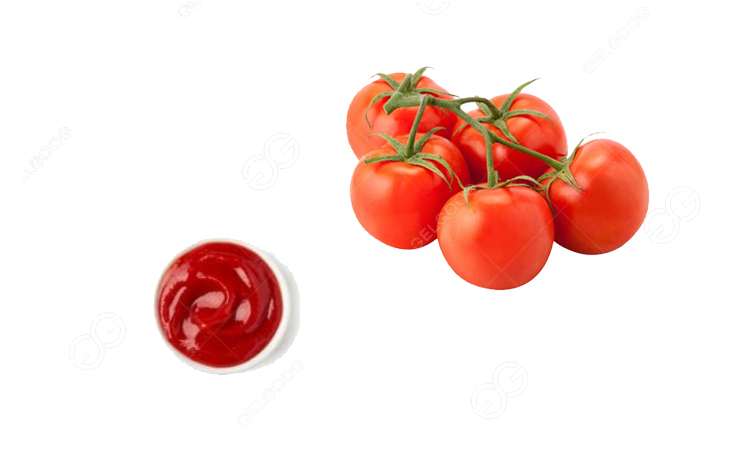Tomato Ketchup Process Flow Chart
Tomato ketchup, a ubiquitous condiment enjoyed by millions around the world, undergoes a fascinating journey from farm to factory before it lands on our tables. The production process involves a meticulous series of steps to transform fresh tomatoes into the rich and flavorful ketchup we know and love. In this article, we will delve into the intricate tomato ketchup process flow chart.

Harvesting and sorting:
The journey begins in the tomato fields where ripe tomatoes are carefully harvested. To ensure quality, only the finest tomatoes are selected. These tomatoes then undergo a rigorous sorting process, where damaged or unripe fruits are removed, leaving only the best for further processing.
Washing and inspection:
Once sorted, the tomatoes are thoroughly washed to remove dirt and impurities. Subsequently, they undergo a meticulous inspection process to guarantee that only top-quality tomatoes progress to the next stage of production.
Peeling and deseeding:
The selected tomatoes are then subjected to a peeling and deseeding process. This is often done using steam or hot water, which helps in easy removal of the skin. The tomatoes are then passed through machines that separate seeds from the pulp, leaving behind a smooth tomato puree.
Cooking and reduction:
The puree undergoes cooking at elevated temperatures to achieve the desired thickness and flavor concentration. This reduction process involves simmering the puree to evaporate excess water content, resulting in a concentrated tomato base that forms the heart of the ketchup.
Seasoning and flavor enhancement:
The concentrated tomato base is now ready for seasoning. A blend of spices, vinegar, sweeteners, and salt is carefully added to create the distinctive taste of ketchup. This step requires precision, as the right balance of flavors is crucial to achieving the perfect ketchup profile.
Pasteurization:
To ensure the product's safety and longevity, the ketchup undergoes pasteurization, a process that involves heating the product to eliminate any harmful bacteria. This step also helps in preserving the ketchup, allowing it to have a longer shelf life.
Packaging:
After pasteurization, the ketchup is ready for packaging. It is filled into bottles, jars, or other containers, with modern factories often employing automated systems to streamline this process. The packaging is designed not only for convenience but also to maintain the freshness and quality of the product.
Labeling and quality control:
Before the final products are shipped out, each batch undergoes rigorous quality control checks. This includes ensuring the correct viscosity, color, and flavor. Additionally, the bottles are labeled with information about ingredients, nutritional content, and other regulatory requirements.
Distribution:
The final step in the process is the distribution of the finished tomato ketchup to retailers and consumers worldwide. The ketchup is packaged and transported in bulk to various destinations, ready to add flavor to meals across the globe.
The journey of tomato ketchup from the field to the factory and finally to our tables is a testament to the meticulous processes involved in its production. Each step is carefully executed to ensure the quality, safety, and flavor of the beloved condiment. If you want to get the information of the tomato ketchup production line, please call 0086-15515573212
